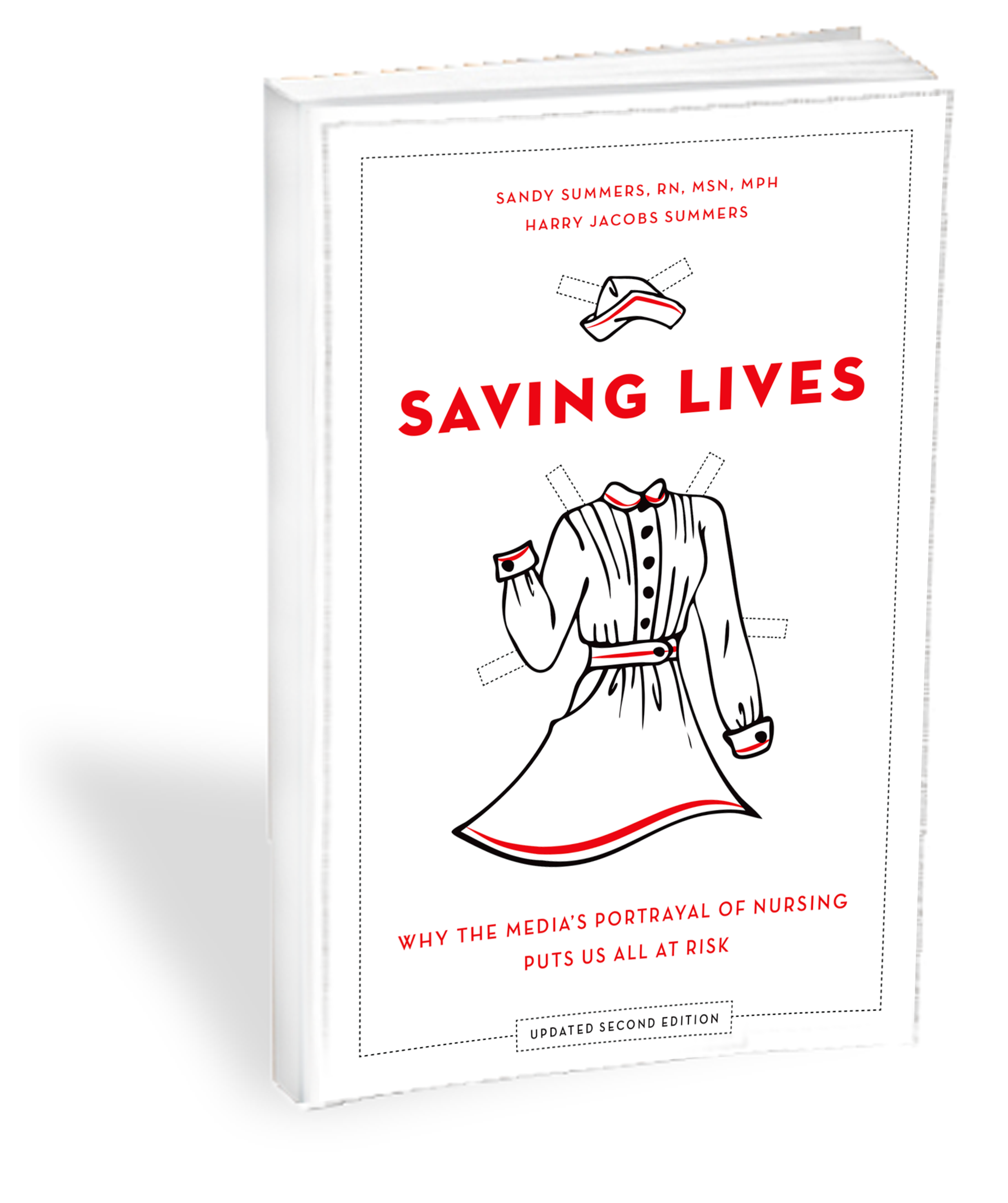
Changing how the world thinks about nursing
Reader's Digest: Burnt-out ICU nurse "blows the whistle"
October 2003 -- This month's issue of Reader's Digest, following up on the September story on the nursing shortage, features an anonymous ICU nurse's powerful account of one short-staffed shift in which the nurse does complex, life-saving work despite facing an array of improper demands and abuse caused by the short-staffing itself. The article was entitled: "One Day in Critical Care: A Nurse's Story."
In hospitals, the buck stops with a nurse. That basic reality should be clear to any attentive reader of this piece. The story shows that this nurse is the only professional responsible for the overall well-being of her patients during this 12-hour shift. (The author's gender is unclear, but a blurred photo of a female nurse accompanies the piece, so for ease of use we will refer to her as a female.) This includes protecting the patients from errors by other health workers and the many things that fall between the cracks of managed care. In this one shift the nurse is at different points expected to do the work of an EKG tech, nurses' aides, housekeepers, secretaries and pharmacy delivery people, often as a result of staffing cut backs, even though she doesn't have enough time to do her own job. Having to act as an EKG tech on the shift prevents her from giving the patients their medicines on time. This is not to say that she sees it as her responsibility to do the non-nursing tasks being pushed on her. She makes clear to those who pressure her to do the tasks that it is not. But when a patient's well-being requires that something be done and no one else is going to do it, she gets it done--the mark of a serious professional coping with extremely limited resources.
When not dealing with the expectation that she do everyone else's job, she handles three ICU patients, though one to two is the safe staffing number. Her patients are an agitated man in restraints suffering alcohol withdrawal, a 300-pound woman with a serious blood infection, and a man with severe cerebral palsy suffering pneumonia and bedsores.
The nurse constantly monitors the physical and mental conditions of these patients. She handles their difficult hour-to-hour needs, including feeding, bathing and moving, which are in fact critical to their survival. With the help of other nurses, she adjusts the overweight patient's position so she can breathe, and at another point stops a kitchen worker from giving the patient a meal that would harm her. For both of these critical interventions, she receives abuse from the patient. She must spend a lot of time successfully negotiating a change in another patient's medication to reduce his severe agitation and the likelihood of complications, an effort made necessary by the junior physicians' reluctance to do it without the attending's OK.
She coordinates relations between patients, their families and other health workers. She acts as the main source of health information for patients' family members, suffering abuse from more than one for not being as responsive as they think she should be, but also manages to provide skilled support and an Al-Anon referral to a patient's distraught mother.
Miraculously, none of her patients appears to suffer serious long-term problems because of the short-staffing on this particular shift. But the high risk of that result should be obvious.
The ICU nurse ends her piece by describing the pain this shift has caused to her own back, neck, ankles and head, then noting: "How much longer I can work like this, I just don't know."
This kind of article, in which a skilled nurse plainly and without sentiment describes what she does and why it is important, is very helpful. What emerges is a portrait of a dedicated professional struggling to protect her patients and herself from a dangerous and unjust system. Both the author and Reader's Digest deserve the thanks of nurses for this article, which should help to spur collective action to solve the glaring problems it reveals.
Click here for the article "One Day in Critical Care: A Nurse's Story."
Also see a similar depiction of a nurse's impossible workday in Lorraine Dale's Chaos in the American Journal of Nursing.













